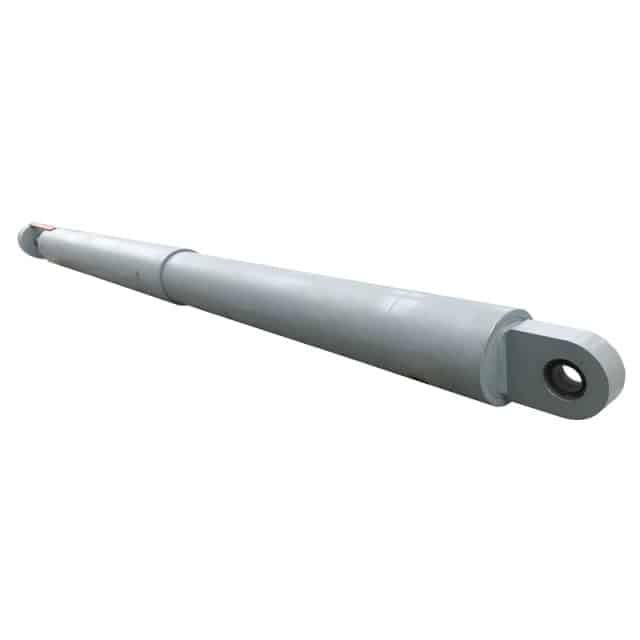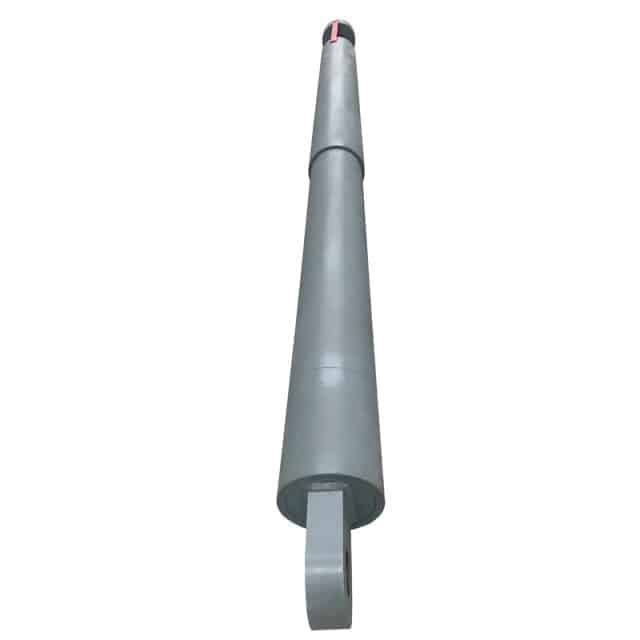VISCOUS FLUID DAMPER
A viscous fluid damper is a device that dissipates energy through the movement of a viscous fluid, typically used to reduce vibrations and control motion in various engineering applications. Here’s a brief overview of how it works and where it’s commonly used:
How It Works
– Basic Principle : When a force is applied, the damper allows fluid to flow through orifices within the device. The fluid’s viscosity creates resistance, dissipating energy as heat.
– Components : It usually consists of a cylinder filled with a viscous fluid and a piston that moves through the fluid. The design can vary to suit specific applications.
Viscous fluid dampers are used in several applications, including:
- Seismic Protection: In buildings and bridges, they reduce sway during earthquakes, enhancing structural stability.
- Automotive Shock Absorption: They improve ride quality by damping vibrations and impacts from road irregularities.
- Industrial Equipment: Used in machinery to minimize vibrations, prolonging equipment life and improving performance.
- Marine Applications: Employed in vessels to stabilize and reduce motion in rough waters.
Viscous fluid dampers offer several advantages:
- Effective Energy Dissipation: They efficiently dissipate kinetic energy, reducing vibrations and shocks.
- Wide Frequency Range: They provide consistent damping across a broad range of frequencies.
- Minimal Maintenance: Generally require little upkeep, enhancing reliability over time.
- Adjustable Performance: Can be designed for specific damping characteristics based on application needs.
- Versatility: Suitable for various environments, from buildings to vehicles to industrial machinery.
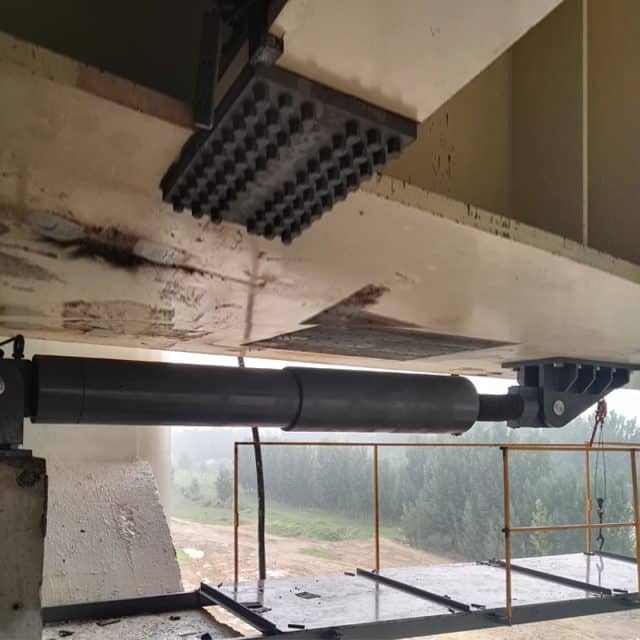
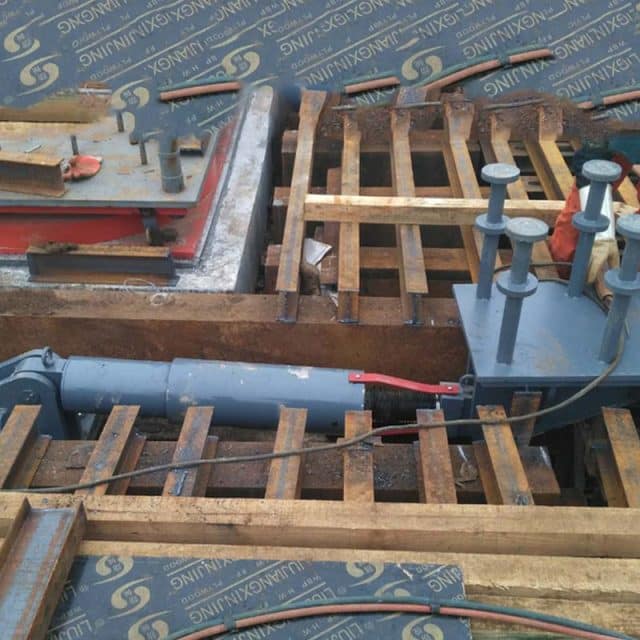
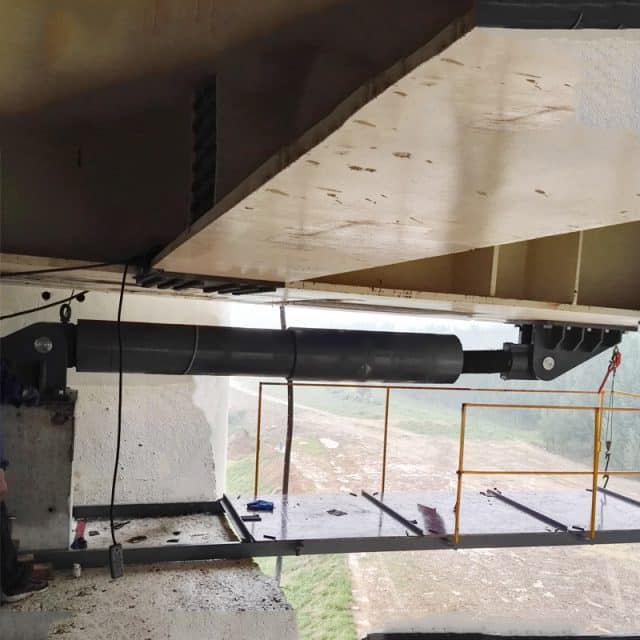
SPEED TRANSITION UNIT
A Speed Transition Unit (STU) is a device used in railway systems to manage changes in train speed during transitions, particularly at points where track conditions or configurations change, like switches or junctions. It ensures smooth acceleration and deceleration, improving safety and efficiency.
The Speed Transition Unit (STU) has several key applications, primarily in the railway industry:
- Track Switching: It helps manage speed transitions when trains approach switches or junctions, ensuring safe operation during changes in track direction.
- Grade Changes: The STU is used in areas where the track elevation changes, allowing trains to adjust their speed gradually to maintain safety and comfort.
- Station Approaches: It facilitates smooth deceleration as trains approach stations, minimizing abrupt stops and enhancing passenger comfort.
- Integration with Signaling Systems: The STU can work in conjunction with signaling systems to ensure that train speeds are appropriately regulated based on track conditions and upcoming signals.
- High-Speed Rail Applications: In high-speed rail systems, the STU helps manage speed transitions between different track sections, ensuring stability and safety.
The Speed Transition Unit (STU) offers several advantages:
- Enhanced Safety: It helps prevent abrupt speed changes, reducing the risk of accidents during track transitions.
- Improved Comfort: By smoothing speed adjustments, it enhances passenger comfort during journeys.
- Operational Efficiency: STUs facilitate smoother train operations, allowing for better scheduling and reduced delays.
- Reduced Wear and Tear: Gradual speed transitions minimize stress on the train and track infrastructure, leading to lower maintenance costs.
- Adaptability: They can be integrated with existing signaling and control systems, making them versatile for various rail environments.
If you want to know more about a specific application or aspect, feel free to ask!
